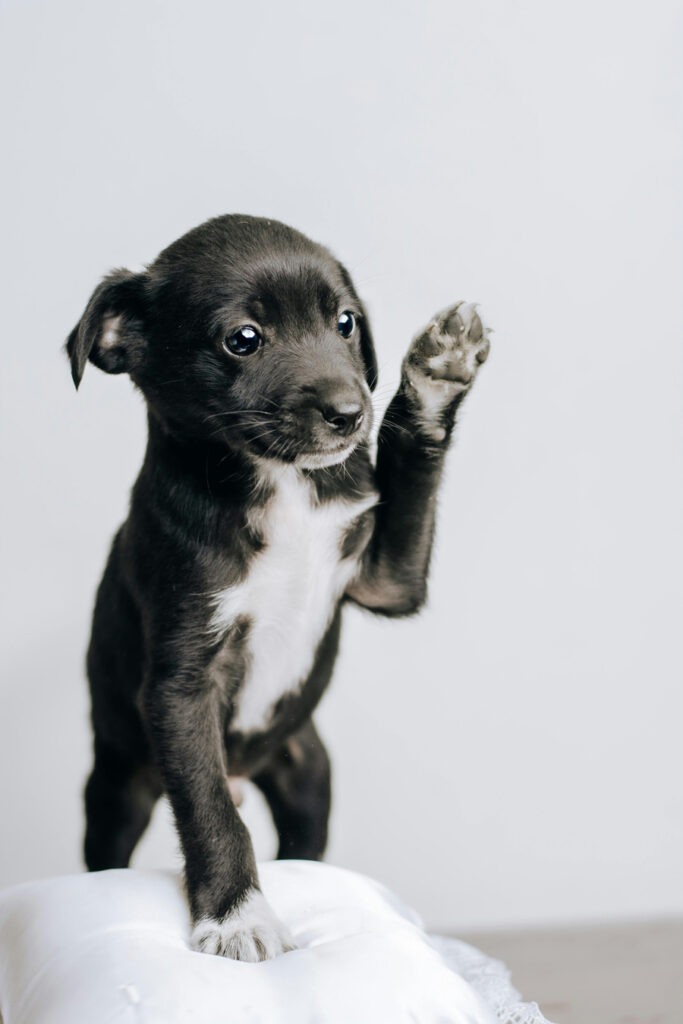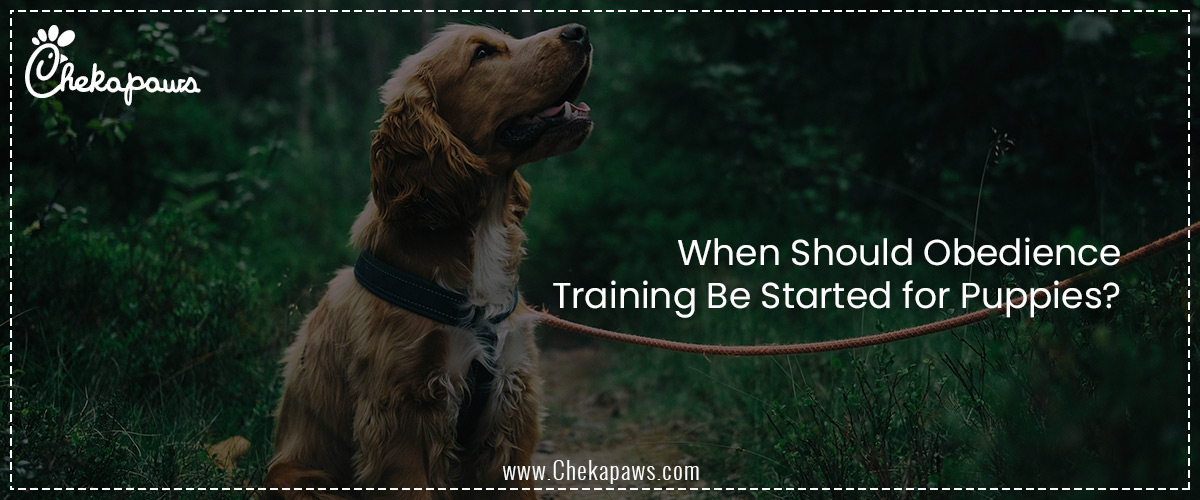One of the most important factors for creating a dog that is well-behaved, content, and self-assured is obedience training. It guarantees the safety of the dog and those around it, builds the foundation for positive behaviour, and strengthens the relationship between pet and owner. When to start obedience training for their pups is a question that many new puppy owners have. The response is simple: as soon as possible. However, what does that actually require in everyday life? This comprehensive guide will cover the many stages of a puppy’s development, effective training techniques, common issues, and the best age to begin obedience training.
Table of Contents

The Ideal Age to Start Training
Early Learning (weeks 3–8)
Puppies are already starting to learn through social interactions, even though the majority are still with their mother and siblings at this point. In order to begin socialization, breeders and foster parents play a crucial role because they expose the puppies to a variety of sounds, sights, and gentle handling situations. Puppies start to pick up social skills and basic biting inhibition from their mother and siblings.
Bringing a Puppy Home (8-10 Weeks)
Between eight and ten weeks of age, the majority of puppies are prepared to move into their new homes. Owners should start training at this time. Puppies at this age are very observant and eager to learn, despite having short attention spans. The primary goals of early training should include housebreaking, name recognition, socialisation, and basic commands like “sit” and “come.” Training sessions ought to be enjoyable and brief (5–10 minutes).
The Socialization Period (8-16 Weeks)
One of the most important times in a puppy’s life is this one. They are most open to new experiences during this period, so it’s a great chance to introduce them to a variety of settings, people, animals, and sounds. Teaching basic obedience commands like “stay,” “down,” and “leave it” aids in laying a strong basis for future training. Techniques for positive reinforcement, such as praise and treats, work quite well.
The Phase of Adolescence (4-6 Months)
As puppies get older, they could start to push boundaries, just like teenagers do. This stage can be followed by heightened energy and stubbornness. The key to training is consistency. This is also an excellent time to teach impulse control, leash training, and command practice in more distracting settings.
Six Months and Beyond
Most pups should be proficient in house manners and basic commands by the time they are six months old. Training should, nevertheless, keep introducing more complex skills and reinforcing appropriate behavior. At this point, some puppies could benefit from taking professional obedience training to improve their abilities and interact with people in a safe environment.
Essential Training Techniques
Encouragement
Puppies are encouraged to repeat desired behaviors by using rewards like toys, praise, and treats. The most efficient and compassionate approach to dog training is this one.
Repetition and Consistency
Dogs do best with routine and clear expectations. Puppies are better able to understand commands when hand signs and cues are used consistently.
Short but Interesting Sessions
To maintain a puppy’s interest, training should be divided into brief yet frequent sessions. Long, boring workouts are less beneficial than 5- to 10-minute ones that are repeated several times a day.
Socialization as a Training Process
Puppies who are exposed to a variety of situations, humans, and other animals develop self-confidence and are less likely to show fear-based behavior in the future.
Common Training Challenges and Solutions
Problems with Toilet Training
Consistency and patience are essential. Results will be faster if a routine is established, the puppy is taken out frequently, and success is rewarded.
Biting and Chewing
Puppies use their mouths to look into their surroundings. Redirecting unwanted biting behavior and offering suitable chew toys are beneficial.
Jumping on People
Puppies learn that jumping does not garner them attention if the behavior is ignored and they are rewarded with calm greetings.
Leash Pulling
Consistency and rewards for walking beside the owner instead of pulling are key to teaching a puppy to walk well on a leash.
The Role of Professional Training
Even though many parents are able to successfully train their puppies at home, there are some circumstances in which expert advice is beneficial. Opportunities for socialization and disciplined instruction are offered by puppy obedience classes. Additionally, trainers can more successfully handle particular behavioral issues.
Conclusion
Puppies should begin obedience training as soon as they get home, which is usually about eight weeks of age. A happy, well-mannered dog is the result of early training, socialization, and positive reinforcement methods. Owners may prepare their puppies for a lifetime of positive behavior and companionship by being patient and consistent, employing effective training techniques, and understanding the stages of puppy development.







